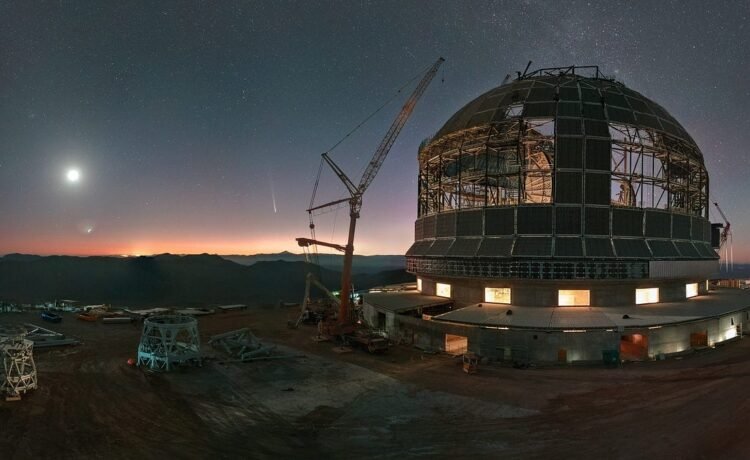Comet A3, also known as Comet Tsuchinshan-ATLAS, has sprung to life since 2024’s last equinox. Here’s how to catch the show for yourself.
Most of us don’t realize it, but our own Solar System is constant being bombarded in a cosmic game of pinball: where temporary, interloping objects speed through the paths normally reserved only for the planets and their moons. Objects originating from:
- the asteroid belt,
- the Kuiper belt,
- the Oort cloud,
- or even beyond our Solar System entirely,
are all subject to the laws of gravity, and that means when a larger, more massive object passes nearby, it’s capable of significantly changing the trajectory of a smaller, less massive object. Interactions with Jupiter, Neptune, or even more distant bodies can frequently hurl these ~kilometer-sized mixes of ice and rock into the inner Solar System, where the Sun begins to heat them up.
In the most spectacular of instances, these ice-and-rock bodies will be rich in volatile, easily boiled-off material, causing them to develop spectacular dust and ion tails, which we usually identify as comets. With the widespread loss of dark…















